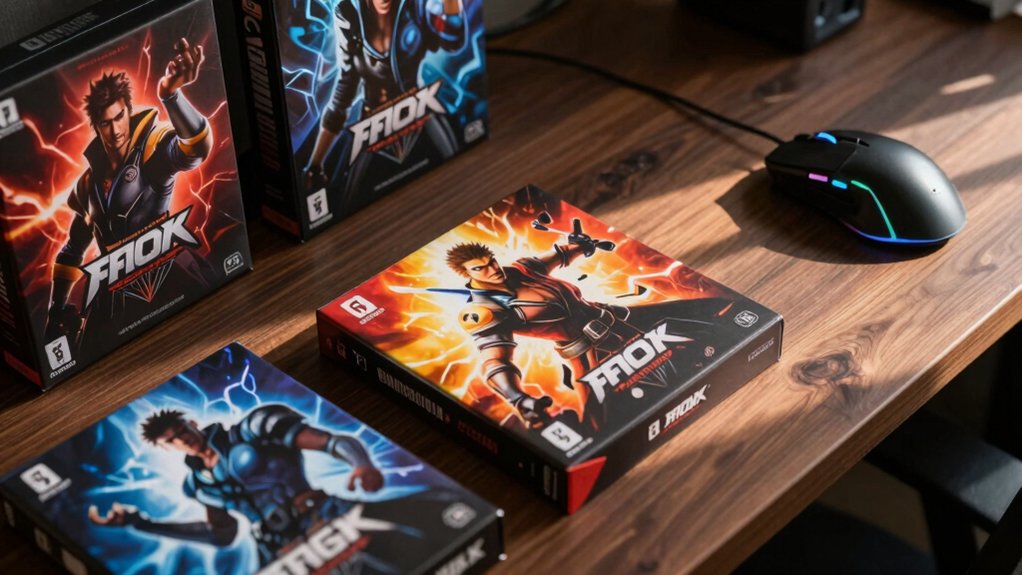Are you a musician in a band? Do you want to improve your concert performance? Organizing band practice effectively is the key.
From scheduling to the repertoire you choose, it’s all important.

You’ll also need to consider the dynamics of the rehearsal space and take time for reflection.
Read on to discover the secrets to success.
Scheduling
When it comes to scheduling, you’ll need to plan ahead to make sure your band practice is productive and effective. Time management is key to creating a successful practice schedule. Start by assigning each member with a set time for instrument tuning. This will ensure that everyone is prepared and focused for the next practice.
Decide what songs you want to practice and allot an appropriate amount of time for each song. Rehearsing too long on one song may cause fatigue, while rehearsing too quickly may result in sloppy performances. Make sure to leave time in between songs to discuss any concerns or ideas that may arise.
Set aside time for members to work on individual parts or practice difficult songs. This will help band members become familiar with their parts, resulting in better performances. Additionally, schedule time for the band to practice as a whole. This will give everyone a chance to get feedback from each other and work together to reach a common goal.
Lastly, make sure to give everyone a break. Breaks are essential for keeping your practice sessions productive and enjoyable. By taking breaks, band members will be refreshed and ready to tackle the next song.
Rehearsal Space
Once you’ve established a time for practice, the next step is to find a suitable rehearsal space. It’s important to consider soundproofing, as it can make a huge difference in the quality of your rehearsal sessions.
If the space isn’t soundproofed, you might find yourself competing with outside noise and distractions. And if you’re playing with amplification, it’s important to make sure the space is large enough to fit your equipment setup without being so large that the sound dissipates.
You should also check to see that the acoustics of the space are up to par, as this can be crucial to the sound of your performances.
When scouting for a rehearsal space, ensure that it’s equipped with the necessary items such as chairs, stands, and a piano or drum set.
You could also bring in items such as amplifiers or mics to make sure you have all the tools necessary for a successful practice session. Check to make sure the space is well-lit and ventilated so that everyone feels comfortable during practice. Additionally, make sure the space you choose is affordable and can accommodate any changes in your lineup of musicians.
Repertoire

Once you’ve settled on a rehearsal space, the next step is to decide on the repertoire for your band’s practice sessions. The music you choose will set the tone and provide the framework for the other elements of your band’s performance. Here are a few things to consider when selecting your repertoire:
- Dynamics:
- Choose songs that will allow you to practice dynamic shifts and cues.
- Select pieces that feature different instrument combinations and volumes.
- Intonation:
- Pick songs that allow the band to practice intonation and part switching.
- Look for pieces that require both unison and harmony playing.
- Tempo:
- Find songs that feature tempo shifts and challenging rhythms.
- Look for pieces that will help the band stay in sync.
Dynamics
How can you ensure dynamics are a key component of your band practice sessions to deliver a more powerful performance on the big night?
Dynamics are essential for any successful performance, and by paying attention to acoustics and group dynamics, you can ensure your band’s practice is truly effective.
To start, always practice in a space that has the right acoustics. If the room is too small, sound waves will bounce off the walls and create distortion or interference; if the room is too big, sound waves may travel away from the group and be lost. You want a space that has the right balance of reverberation and clarity.
Next, pay attention to group dynamics during band practice. Everyone should have the chance to contribute, and everyone’s opinion should be respected. Encourage everyone to be honest and open about their ideas and opinions, and make sure everyone feels supported and heard.
Finally, remember to focus on the music. Make sure everyone understands the song and the arrangement, and that everyone is playing together. Listen to the entire band and pay attention to dynamics, such as volume, tempo, and transitions. Make sure everyone is playing together and in sync, and that you’re all prepared for the big night.
Reflection

After taking the time to pay attention to acoustics and group dynamics during practice, it’s important to take a moment to reflect on how the session went. Reflection not only helps to clear the air after a long practice session, but it also allows the band to evaluate what went well and what can be improved.
To measure progress, think about what was accomplished:
- Was the musical theory practiced learned and accurately applied?
- Was the mental preparation for the performance met?
To ensure cohesion, consider how the band worked together:
- Did everyone take the time to listen to each other?
- Was any constructive criticism given and received?
Reflection is a crucial step in the practice process, as it allows the band to take a step back and look at the practice session from a different perspective. This can be a helpful tool for the band to identify areas of improvement and for members to have a better understanding of each other.
Reflection can also be used to determine how successful the practice session was and to celebrate any accomplishments.
Frequently Asked Questions
What Is the Best Time for the Band to Practice?
The best time for the band to practice is when everyone is available – this gives you the chance to review the setlist and rehearse songs.
How Much Time Should Be Allocated for Each Practice Session?
You should allocate enough time to cover scheduling conflicts and rehearsal techniques. Don’t rush the process; be sure to give your band enough time to get comfortable with the material.
How Many Songs Should the Band Learn Before the Concert?
You should aim to learn enough songs to ensure your technique and tempo are varied and improving.
How Should the Band Handle Disagreements Between Members?
Listen actively to each member’s opinion and agree respectfully to come to a resolution. Encourage open and honest communication to avoid conflicts.
What Should Be Done to Ensure the Band Is Well-Prepared for the Concert?
You need to set expectations and create a rehearsal schedule to ensure the band is well-prepared for the concert. You should practice regularly, have an organized plan, and have clear communication between members.
Conclusion
By organizing band practice effectively, you can ensure that everyone is on the same page and ready to put on an amazing performance.
With an appropriate rehearsal space, a well-thought out set list and the right dynamics, you can be sure that your band is ready to take the stage and show the crowd what they’ve got!
With some thoughtful preparation, your next concert is sure to be a success!




Leave a Reply